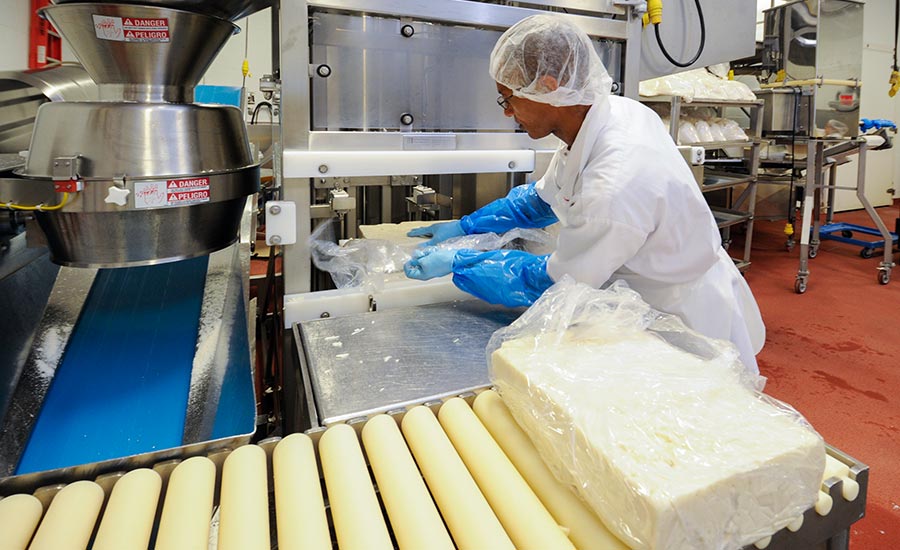From Thomastown to Your Table: The Quality of Floridia Cheese Melbourne
Wiki Article
Unlocking the Tricks of Artisanal Cheese Making: A Step-by-Step DIY Guide
In the realm of culinary craftsmanship, artisanal cheese making stands as a testament to the delicate balance between tradition and innovation. As we embark on this journey to debunk the art of creating beautiful cheeses, we are faced with a tapestry of keys and abilities waiting to be untangled.Picking the Right Milk
When starting the trip of artisanal cheese making, the selection of milk plays an essential role in determining the quality and characteristics of the last item. The type of milk chosen influences the taste, appearance, and generally profile of the cheese. Raw milk, right from the pet, is chosen by numerous artisanal cheesemakers due to its one-of-a-kind blend of enzymes, microorganisms, and flavor substances. Utilizing raw milk comes with risks and guidelines, making sterilized milk a safer choice for novices.In addition, the source of the milk, whether from cows, goats, sheep, or buffalo, contributes distinct flavors and attributes to the cheese. Each kind of milk brings its very own nuances, allowing for a large array of cheese selections to be crafted based on the chosen milk.
Culturing and Coagulating
To initiate the cheese-making process, the important actions of culturing and coagulating need to be meticulously executed to change milk right into curds and whey. Culturing entails introducing advantageous germs to the milk, which then begins the fermentation process. These bacteria convert lactose (milk sugar) right into lactic acid, creating the acidic environment required for coagulation. The sort of society made use of can dramatically influence the taste, structure, and ripening of the final cheese product.
.jpg)
The timing and temperature control throughout culturing and coagulation are vital factors that affect the final end result of the cheese. Correct implementation of these steps is vital to make certain the preferred texture, taste, and consistency of the artisanal cheese being created.
Draining and Pressing Curds
After the milk proteins have actually coagulated and the curds have actually been cut to release whey, the following important action in artisanal Floridia Cheese Melbourne cheese making includes draining and pushing the curds to accomplish the preferred appearance and consistency of the last cheese product. Draining is the procedure of dividing the curds from the whey. This can be done by transferring the curds into a cheesecloth-lined colander or mold and mildew and enabling the whey to drain pipes off naturally. The time for draining pipes can vary depending upon the sort of cheese being made and the desired wetness web content.Pushing aids eliminate any kind of continuing to be whey and compacts the curds to form a solid cheese wheel. Proper pressing and draining are essential steps that significantly impact the top quality and features of the artisanal cheese being created.
Aging and Flavor Methods
Applying precise aging and flavor techniques is essential in enhancing the depth and intricacy of artisanal cheeses, elevating their taste accounts to exquisite degrees of improvement and elegance. Aging plays a critical role in establishing the unique flavors and structures that identify artisanal cheeses.Flavoring methods additionally contribute dramatically to the last taste of artisanal cheeses. Cheesemakers may select to present added flavors by integrating components such as natural herbs, seasonings, or perhaps fruits right into celebrity during the production process. Furthermore, some cheeses are cleaned or massaged with numerous fluids, such as salt water or alcohol, to enhance their flavors and structures.
Wrapping and Storing Cheeses

Verdict
In final thought, understanding the art of artisanal cheese making entails carefully choosing the ideal milk, adhering to precise culturing and coagulating processes, draining and pressing curds successfully, and making use of numerous aging and flavor techniques. Remember to wrap and keep your cheeses properly to ensure optimal taste and structure advancement.Each type of milk brings its own nuances, permitting for a broad array of cheese ranges to be crafted based on the selected milk.After the milk healthy proteins have coagulated and the curds have been cut to release whey, the next important action in artisanal cheese making entails draining pipes and pressing the curds to accomplish the desired texture and consistency of the last cheese item. A lot of cheeses must be wrapped in wax paper or cheese paper to enable them to breathe while protecting them from drying out. For cheeses that require to proceed aging, such as bloomy skins or washed rinds, ensure they are kept in an amazing environment like a cheese cave or a fridge established to the suitable temperature. By paying focus to the covering and storage of artisanal cheeses, cheese makers and fanatics can protect the honesty of these specials and completely appreciate their intricate flavors.
Report this wiki page